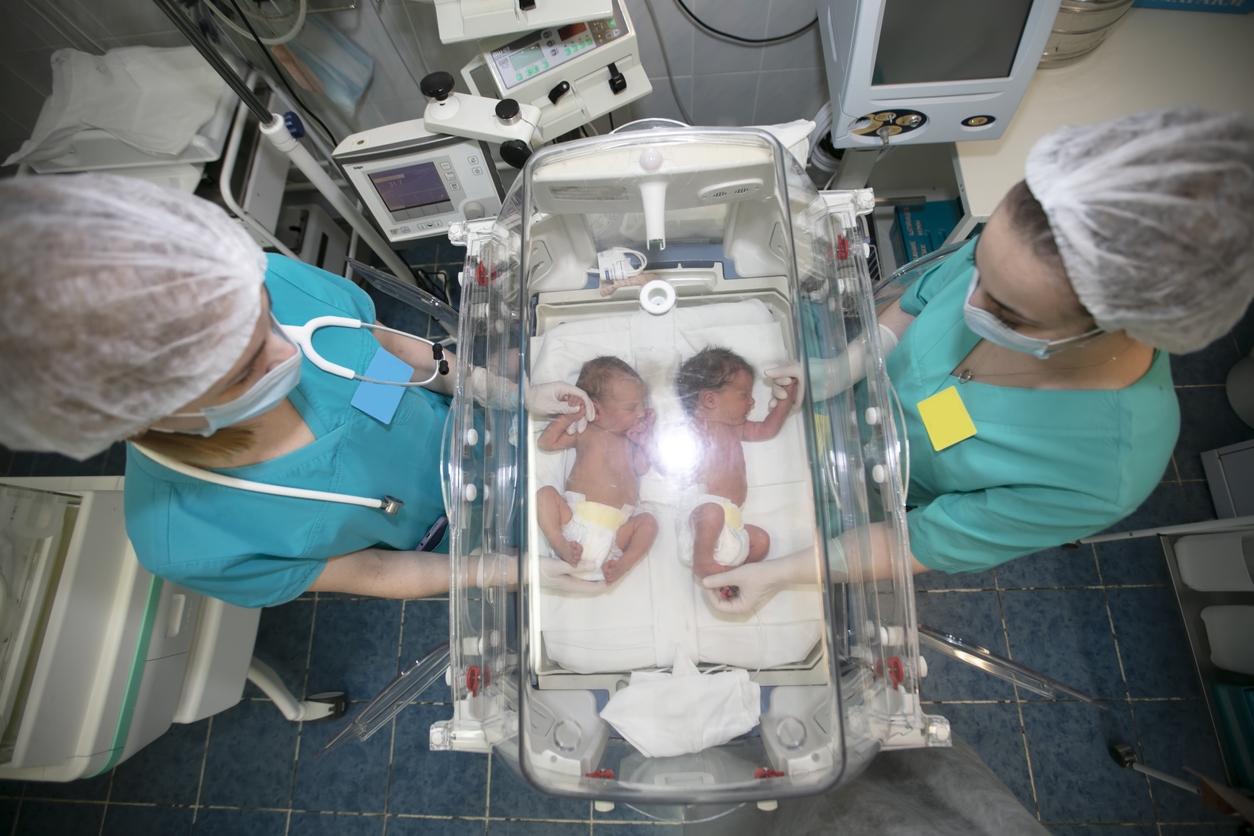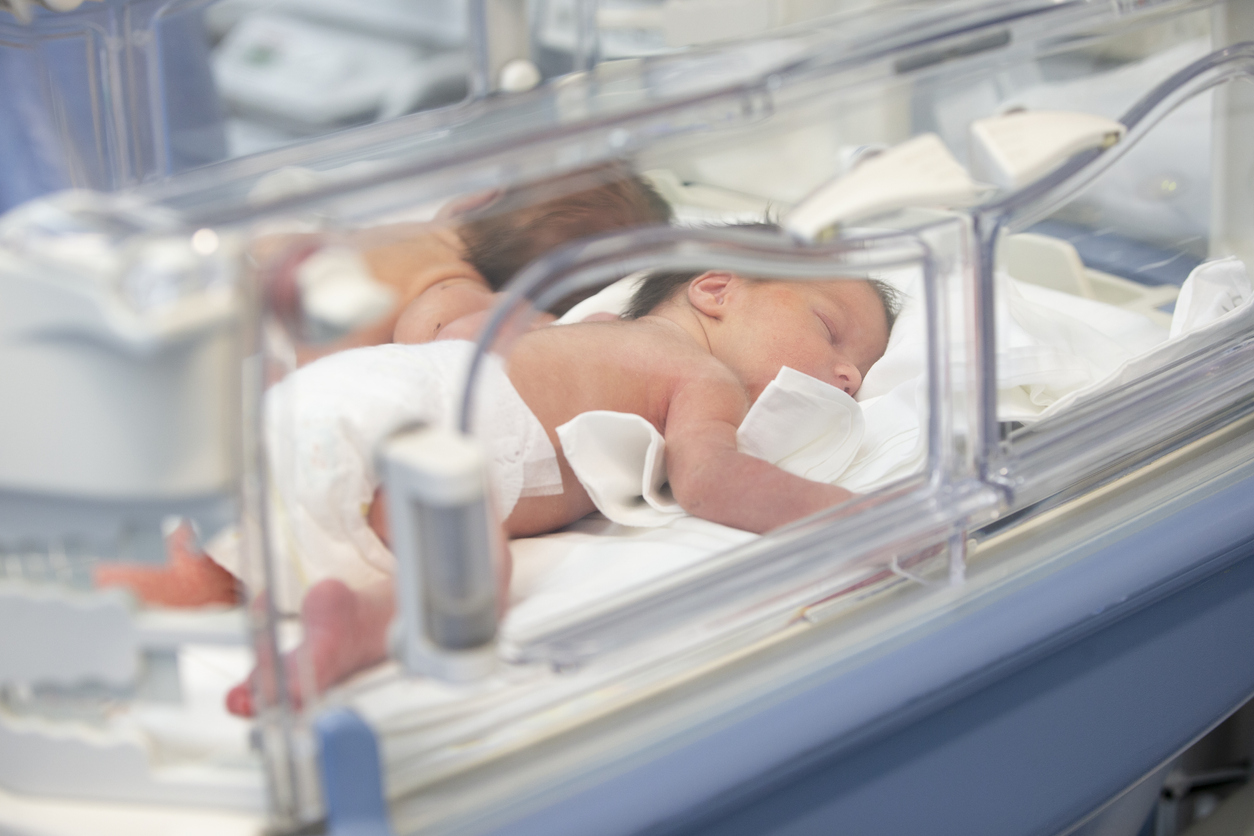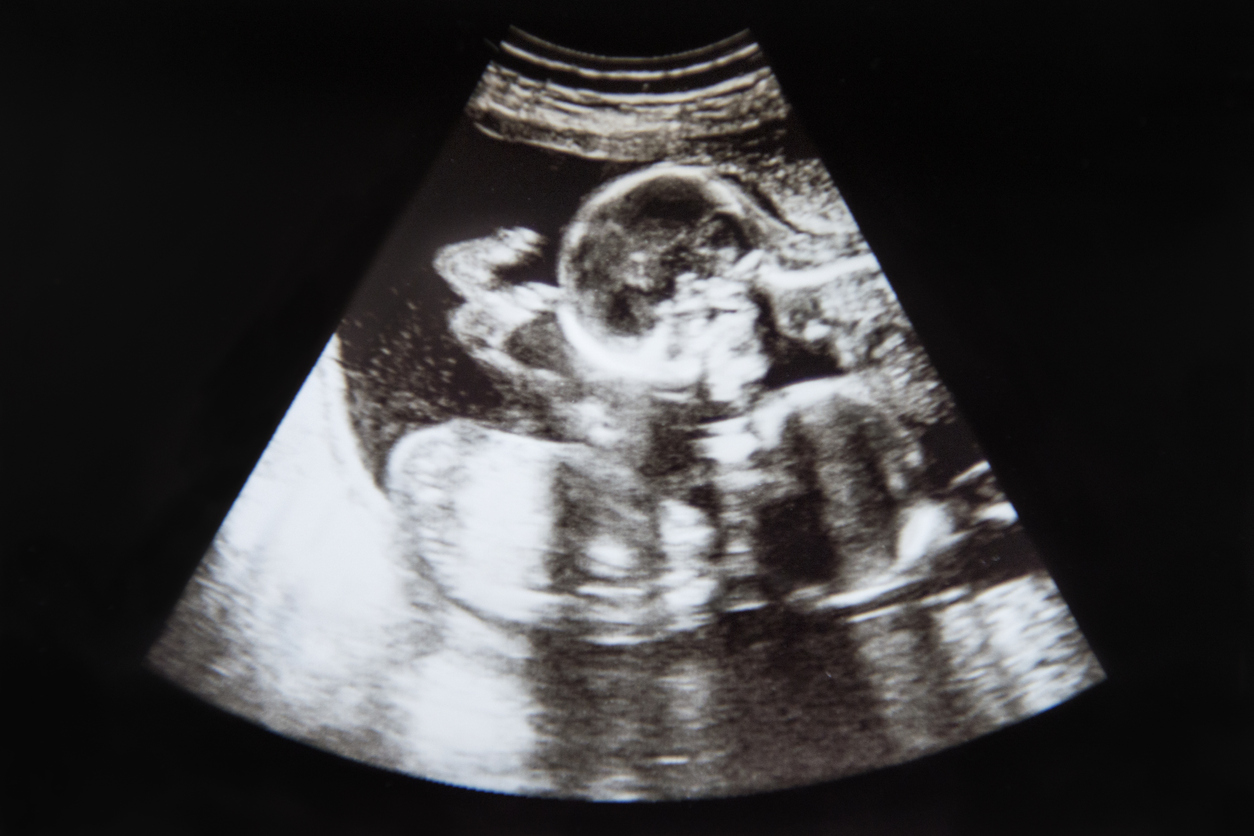Table of Contents
The odds of having twins or triplets are higher in some women than others. If you’re 35 and/or have given birth to one or more children, your chances of having twins increase. But there are also some other factors that can affect your odds of having twins or triplets. For example, if you’re carrying two eggs at a time when you get pregnant, you’re more likely to give birth to twins.
Having a family history of multiples doesn’t guarantee you’ll have them too, but it increases your chances.
There are also some things that can affect whether one embryo splits into two embryos or two embryos split into four embryos — like if one embryo is very small when it splits off from another embryo (fraternal twins).
Odds of Having Twins and Multiples – in Numbers
According to the Centers for Disease Control and Prevention, there were 120,291 twin births in the United States in 2019. Approximately 32.1 twins are born per 1,000 live births, which amounts to about 3.21% of live births. During the same year, there were 3,136 triplet births and just 150 quadruplet and higher-order births. [1]
These numbers include both naturally occurring and medically conceived multiples.
The number of twin births in the United States more than doubled between 1980 and 2007. In 2018, around 33 sets of twins were born per 1,000 births in the United States. [2]
Following are the estimated odds of having spontaneous multiples in the United States: [3]
| Twins | 1 in 83 pregnancies |
| Triplets | 1 in 6,889 pregnancies |
| Quadruplets | 1 in 571,787 pregnancies |
| Quintuplets | 1 in 47,458,321 pregnancies |
| Sextuplets | 1 in 3,939,040,643 pregnancies |
Following are the odds of having identical multiples:
| Twins | 1 in 250 pregnancies |
| Triplets | 1 in 62,500 pregnancies |
| Quadruplets | 1 in 15,625,000 pregnancies |
| Quintuplets | 1 in 3,906,250,000 pregnancies |
Based on preliminary data from 2019, the percentage of IVF treatments resulting in twin births is as follows: [4]
| Age | Percentage |
| <35 | 7.3% |
| 35-37 | 6.9% |
| 38-40 | 6.8% |
| 41-42 | 5.1% |
| >43 | 5.9% |
Types of Twins
There are three main types of twins:
1. Fraternal Twins
Fraternal twins, also known as dizygotic (or “biovular”) twins, occur when two fertilized eggs (ova) are implanted in the uterus at the same time. Fraternal twins are no more alike than any siblings. They share about 50% of their DNA and have different blood types.
About three-quarters (75 percent) of all twins born are fraternal. [5]
2. Identical Twins
Identical twins, also known as monozygotic (or “monovular”) twins, occur when one fertilized egg splits but remains connected by an umbilical cord. The embryo begins to split into two embryos but then stops at the head region and continues to develop into two babies with separate brains but sharing a placenta and amniotic sac.
The odds of having identical twins are 3 or 4 in every 1,000 births. [5]
In the past, when less accurate infertility treatments were used, it was common for couples to have multiple IVF procedures in an attempt to conceive. Today, with more advanced fertility technology becoming available and the increased use of Intrauterine Insemination (IUI), the number of births from IVF procedures has declined.
3. Superfetation
Superfetation is the phenomenon of having more than one baby in the same pregnancy. In most cases, it refers to twins not conceived at the same time.
Superfetation can happen when one fertilized egg splits into two or more embryos. It’s also possible for a fertilized egg from a new cycle to implant in your uterus before an earlier embryo has been expelled from your body.
Some researchers believe that superfetation occurs once in every few million pregnancies. There are fewer than 10 cases of superfetation in the medical literature. [6]
| Types of Twins | The Odds |
| Fraternal Twins | 75% of all pregnancies |
| Identical Twins | 3 or 4 in every 1,000 births |
| Superfetation | One out of a few million pregnancies |
Factors that Increase Your Odds of Having Fraternal Twins
Age
The odds of having twins increases with age. Women aged 35 and over are four times more likely than younger women to conceive fraternal twins.
During a woman’s late reproductive years, her follicle-stimulating hormone level will rise, and she will experience hormonal changes. Therefore, the stimulation of their follicle-stimulating hormone (FSH) can lead to their ovaries releasing more than one egg during ovulation. [7]
Genetics
Fraternal twins tend to run in families. Women who are fraternal twins themselves or whose mothers were fraternal twins may release two or more eggs during ovulation, increasing their chances of having fraternal twins.
It has been theorized that one of the causes of twin pregnancies is hyperovulation, which is when a woman releases two or more eggs during ovulation. If your mom or grandmother had hyperovulation, there’s a chance that you will, too — but not always. [8]
Previous Birth/Pregnancies
If you already have a child, that child may be the reason you end up having twins. During pregnancy, each ovum is fertilized by a separate sperm cell. If two sperm cells fertilize one ovum, you’ll have a pair of identical twins.
Having previous pregnancies — or better yet, having had multiple pregnancy — may increase your chances of having twins.
Height
Research has shown that women who are at least 5.4” tall are about 1.5-2 times more likely to have a twin pregnancy. Scientists have not yet identified the reason behind this phenomenon, but research suggests that it may be associated with the production of a certain protein in increased quantities. [9]
When growth factors are released in response to the presence of follicle-stimulating hormone, a protein known as inhibin can prompt the ovaries to become more sensitive to that hormone. This may result in twin pregnancies.
Diet
Women who consume more dairy products than the average person are five times more likely to have multiple births than women who do not. This is because dairy cattle are given growth hormones to increase milk production, and these hormones affect the hormone levels in humans. [10]
An analysis of births in southwest Nigeria, which has the highest twinning rate in the world, suggests that yams eaten by natives may increase the chance of having twins. Phytoestrogen (or phytohormone) is a chemical found in plants, and scientists theorize that it may stimulate ovulation in women who consume yams. [11]
Weight
The likelihood of a woman conceiving twins increases when her body mass index is 30.1 or higher. Extra body fat can lead to higher levels of estrogen, which in turn can trigger ovulation. [12]
A study published in 2016 that analyzed the characteristics of mothers giving birth to twins in Norway concluded that rates of multiple births increase with increasing BMI. [13]
Estrogen levels can be a factor in the likelihood of a woman having twins. Women with higher estrogen levels are more likely to release two or more eggs at once, increasing the odds of having twins.
Breastfeeding
Mothers who conceive while breastfeeding are more likely to have twins than women who weren’t breastfeeding at the time of conception. [14]
Fertility Drugs and Assisted Reproductive Technology
Treatments for infertility can lead to twins, but not all of them do. Two most common treatments are used to increase your chances of conceiving fraternal twins: IVF (In Vitro Fertilization) and IUI (Intrauterine Insemination Treatment).
For women under age 35, the rate of twin pregnancies resulting from in vitro fertilization using fresh embryos is 12.1%; for women 35 to 37, the rate is 9.1%. [15]
Intrauterine insemination (IUI) is a fertility treatment in which sperm are injected into the uterus. It is usually done with or without fertility drugs. However, the chances of conceiving twins or triplets by IUI are quite slim: only 0.5%-2.5% of IUI cycles result in multiple births. [16]
The “Vanishing Twin Syndrome”
The most common cause of monozygotic multiple pregnancy is the “vanishing twin syndrome,” a spontaneous abortion that occurs around the time of conception. In this case, one fetus will not survive and is absorbed by its sibling through some unknown mechanism. [17]
The surviving fetus will develop normally while the other gradually disappears; in most cases, it is not possible to detect that an “extra” fetus existed. However, if an ultrasound or amniocentesis is performed after birth, it may be possible to detect evidence of a vanished twin.
The syndrome of vanishing twins occurs in 36% of twin pregnancies and in half of the triplet and other multiples. [18]
Conclusion
The odds of having twins and the chances of having triplets do increase as a mother’s age increases (especially the range between 30 and 35 is ideal). Younger women have lower rates when compared to older women. It seems that genetics plays a huge part in whether or not you’ll have multiples, which is why it’s probably better to just not think about it at all. Hence, you can take comfort in the fact that you can’t control this.
References
- https://www.cdc.gov/nchs/fastats/multiple.htm
- https://qz.com/1730957/the-rate-of-twin-births-in-the-us-is-falling/
- https://www.raisingmultiples.org/faqs/faq-what-are-the-odds-of-having-a-multiple-birth/
- https://www.babycenter.com/pregnancy/your-baby/your-likelihood-of-having-twins-or-more_3575
- https://www.scarymommy.com/fraternal-twins-facts
- https://roshmfm.com/how-common-are-twins
- https://www.womenshealthmag.com/health/a30688110/can-you-get-pregnant-while-pregnant
- https://www.mayoclinic.org/healthy-lifestyle/getting-pregnant/in-depth/pregnancy/art-20045756
- https://flo.health/getting-pregnant/trying-to-conceive/fertility/hyperovulation
- https://roshmfm.com/how-common-are-twins
- https://www.ncbi.nlm.nih.gov/pubmed/16779988
- https://www.ncbi.nlm.nih.gov/pmc/articles/PMC2840794/
- https://pubmed.ncbi.nlm.nih.gov/15738030/
- https://www.ntnu.no/ojs/index.php/norepid/article/view/2019
- https://www.sciencedaily.com/releases/2006/05/060521103211.htm
- https://www.cdc.gov/art/pdf/2014-report/art-2014-national-summary-report.pdf
- https://www.fertilityiq.com/iui-or-artificial-insemination/how-well-iui-works-by-patient-type
- https://my.clevelandclinic.org/health/diseases/23023-vanishing-twin-syndrome
- https://www.ncbi.nlm.nih.gov/books/NBK563220









